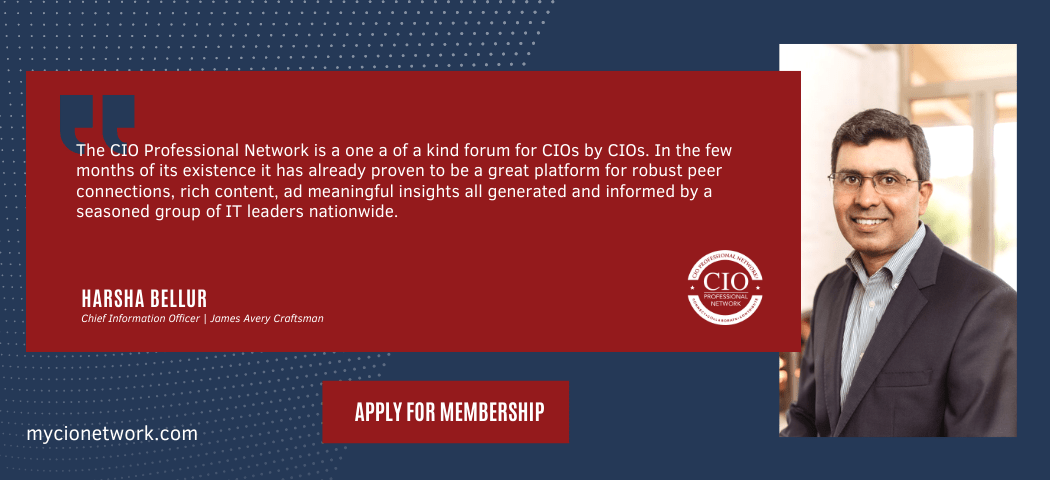On January 2, 1975, Bill Gates and Paul Allen made a momentous decision that would shape the course of technology history. They officially named their collaborative effort “Micro-Soft,” a fusion of “microcomputer” and “software.” This choice marked the inception of a partnership that would later evolve into Microsoft Corporation, one of the world’s most influential and successful technology companies.
Early Years
At that time, Gates and Allen were both young computer enthusiasts who had been collaborating on various software projects. Their work included the development of Altair BASIC, a version of the BASIC programming language tailored for the MITS Altair 8800 microcomputer. The name “Micro-Soft” was not only a clever combination of “microcomputer” and “software,” but it also reflected the growing importance of software in making microcomputers functional and accessible.
The Creation
Following the partnership’s formalization, the duo registered the name “Micro-Soft” with the New Mexico Secretary of State, giving their collaboration an official identity. Although they would later drop the hyphen and become “Microsoft Corporation,” this early decision set the stage for their journey into the world of personal computing.
The Wrap
Microsoft primarily focused on creating software for microcomputers, including programming languages like Altair BASIC. As the personal computer industry expanded, Microsoft’s product offerings grew to encompass operating systems, productivity software, and a wide array of applications. The development of MS-DOS, which eventually evolved into Windows, established Microsoft as a dominant force in the operating system market.
Over time, Microsoft’s influence extended well beyond software, with its products becoming ubiquitous in homes and businesses worldwide. The company played a central role in shaping the personal computing industry and the broader technology landscape. Under the leadership of Bill Gates, Microsoft became synonymous with innovation and technological advancement, leaving an indelible mark on the way people work, communicate, and live in the digital age.






